The narrow alleys of the Old Town, which has been on the UNESCO World Heritage List since 2007, the fertile North with its lush greenery, and the quieter South with its sandy beaches are the main reasons why this Ionian island draws tens of thousands of visitors each year. However, Corfu also has a rich history and culture, and its museums provide fascinating glimpses into the elements that have shaped its past and present.
The Achilleion is arguably one of Corfu’s most important architectural landmarks. Built to the designs of Italian architects, it was completed in 1890 just outside the village of Gastouri, ten kilometers southwest of Corfu town. The palace was erected for Empress Elisabeth of Austria, also known as Sissi, who named it Achilleionin honor of Achilles, the hero of the Trojan War, and decorated it with statues and artworks. Today, there are numerous statues in the imperial gardens, including the famous “Dying Achilles” by the German sculptor Ernst Herter, which depicts Achilles dying while attempting to remove the spear from his heel. At present, only the gardens and exterior spaces are accessible to maintenance works.
Gastouri, Tel. (+30) 26610.562.10, entrance €5, tickets also available online at achillion-corfu.gr



Permanent exhibition on Ioannis Kapodistrias, Kapodistrias MuseumWhy is there a Museum of Asian Art in Corfu? The answer lies in the life of Greek diplomat Gregorios Manos. After serving for many years as an attaché in Northern European cities and developing a passion for collecting Sino-Japanese art, he returned to Greece and expressed his desire to donate his collection to the Greek state. However, he stipulated that a museum be established and housed in a palace. Because no suitable site could be found in Athens, Corfu and the Palace of St. Michael and St. George were suggested. The museum was founded in 1928 on the occasion of Manos’s donation of his Sino-Japanese collection, and many more private donations followed, the most important being that of former diplomat Nikolaos Chatzivasileiou, who donated works from India, Cambodia, Tibet, and Nepal. Today, the museum’s collections include approximately 15,000 items of Asian art, ranging from Chinese porcelains and religious idols to carpets and paintings.
Palace of St. Michael & St. George (Old Palace), Tel. (+30) 26610.304.43, entrance €6.
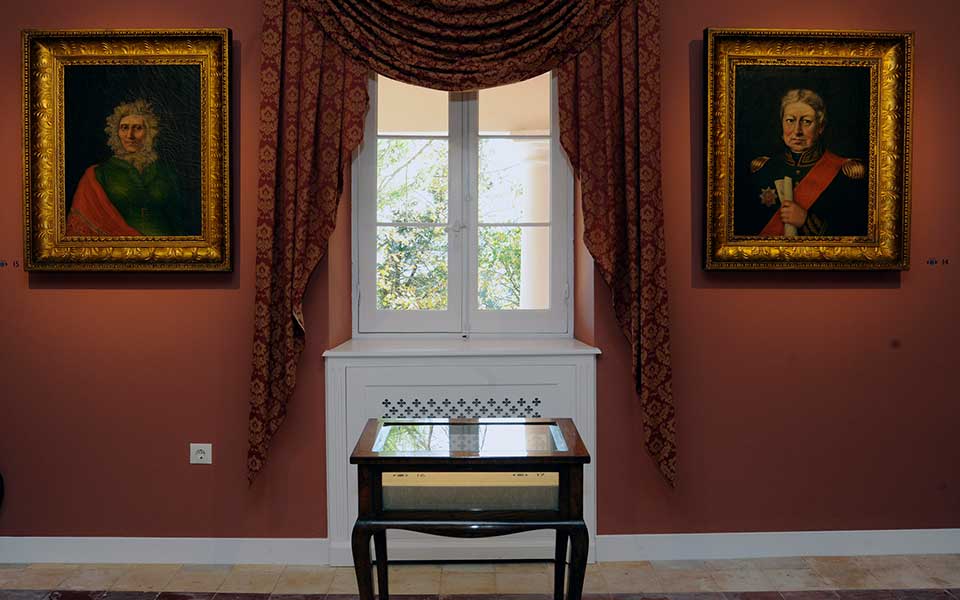
© Lampros Papanikolatos
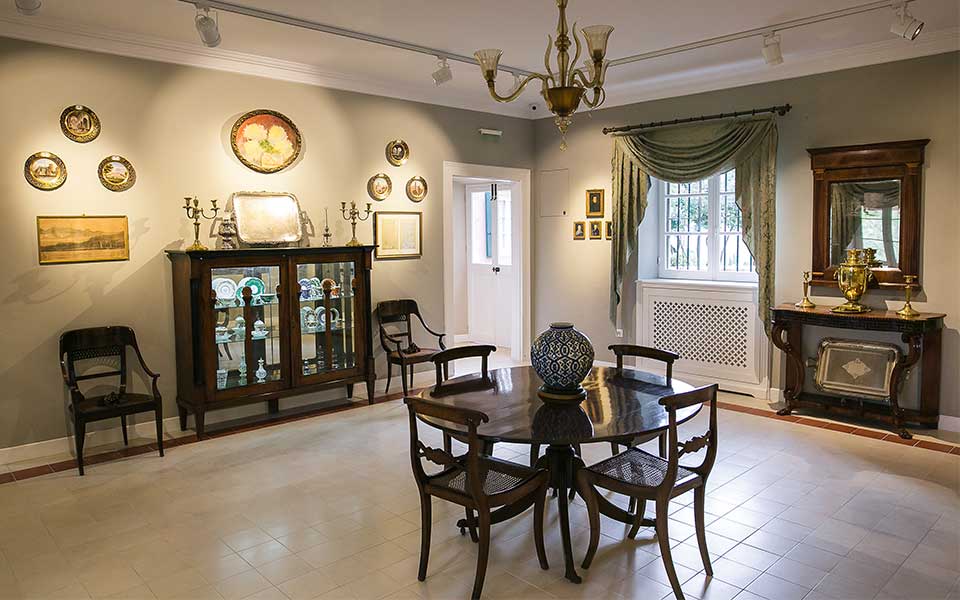
© Lampros Papanikolatos
The locationof the Capodistrias Museum, at the top of a hill, 8 km northwest of the city,is no coincidence. It is the site of the “Koukouritsa” estate, one of the family estates where Ioannis Capodistrias lived for a time. Koukouritsa has been declared a Historic Monument by the Hellenic Ministry of Culture, as a characteristic example of Corfiot country residence architecture. The museum’s permanent exhibition chronologically presentsthe life and work of Greece’s first governor, while also providing information about the development of Corfu. The museum’s café is also quitenice.
Evropouli, Tel. (+30) 26610.324.40, entrance €5.
Casa Parlante, located in the heart of the Old Town, is a fascinating tribute to the island’s history. The reconstruction of an authentic Corfiot mansion recreates the daily life of a noble family in the nineteenth century. Sounds, smells, and wax and animated figures are used to immerse visitors in the atmosphere of the time.
16 Nikiforou Theotoki, Tel. (+30) 26610.491.90, Entrance €10
The Museum of the Philharmonic Society of Corfu, also known as the “Old Philharmonic,” is located right next to Casa Parlante. The museum’s exhibits depict the Philharmonic’s rich history, which began in 1840. Its first artistic director was Nikolaos Mantzaros, the composer of the Greek National Anthem. Documents, musical instruments, paintings, and busts tell the story of this outstanding musical education facility.
10 Nikiforou Theotoki, Tel. (+30) 26610.392.89, Free entrance
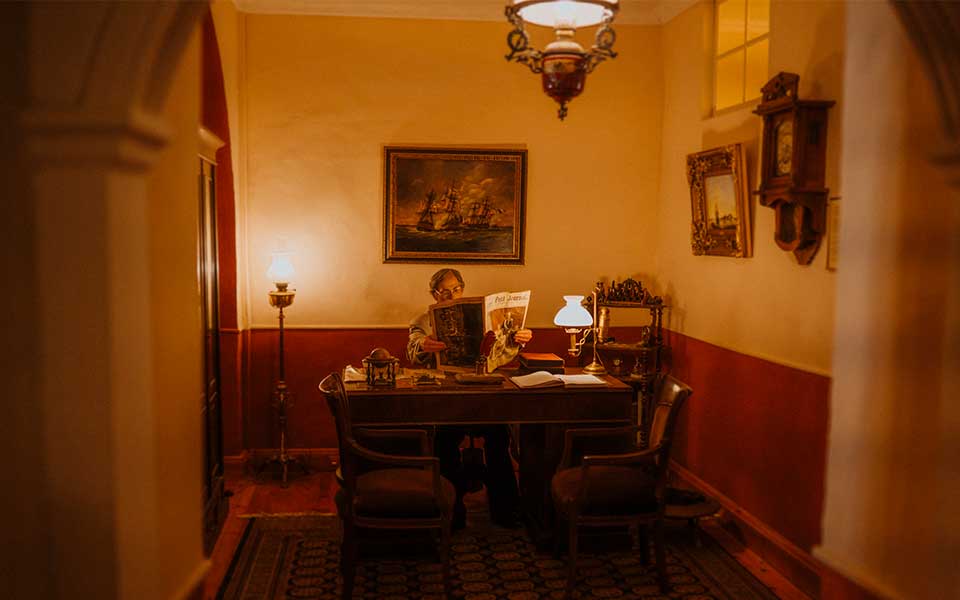
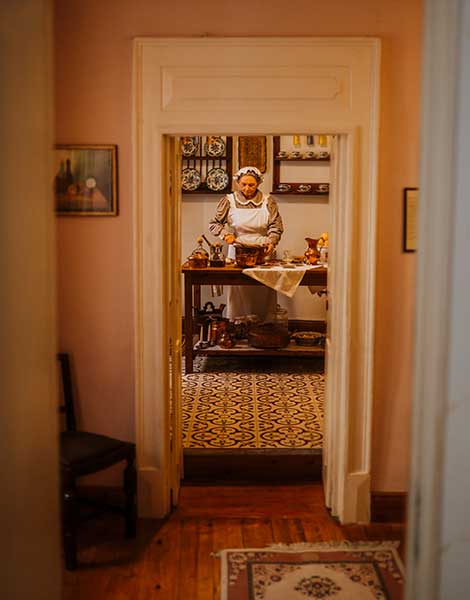
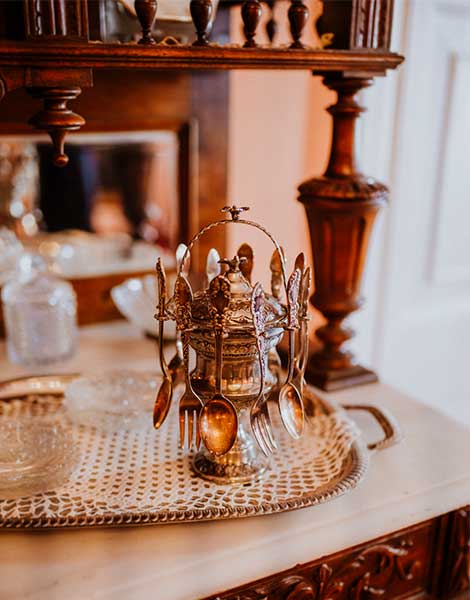
The Archaeological Museum of Corfu houses approximately 1,600 exhibits from across the island and various historical periods, andthe Museum of Palaiopolis – Mon Repos is located in a villa built by the British High Commissioner of the Ionian Islands in 1831. It is definitely worth exploring the park surrounding the museum.
Archaeological Museum of Corfu, 1 Armeni Vraila, Tel. (+30) 26610.306.80, entrance €6.
Museum of Palaiopolis – Mon Repos, Mon Repos Estate, Tel. (+30) 26610.413.69, entrance €4.












